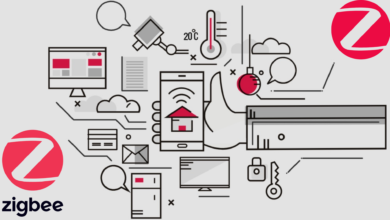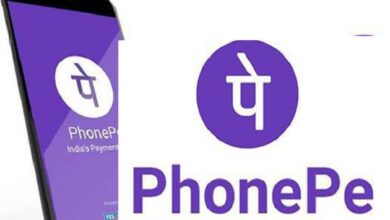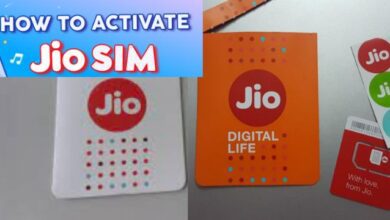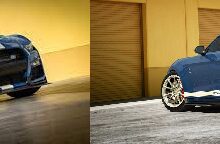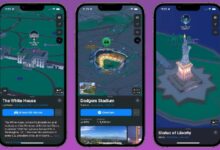Nanoleaf Lines Review

Nanoleaf produces several of the greatest smart lighting systems available in the market, but the company’s newest Nanoleaf Lines are a definite victor.
With its brilliant hues and excellent backlighting patterns. This is also the first Nanoleaf light set that doesn’t have to become unsightly when not in use.
Skins are accessible as additional characteristics that could be added towards the bars to make them appear like geometric pieces of art on the ceiling and new connections which are also available optional equipment allow them to curve round walls. And without the additions, the Lines aren’t horrible when they’re not lighted.
Communicating to the Nanoleaf app and fixing things up on Apple HomeKit or Google Home is very simple. The Threads, unlike the Nanoleaf Fundamentals, include Alexa support, so users should be able to use them with just about any Amazon-powered computing phone.
The Lines are indeed a Thread router, which is interesting. Unless users already use the Essential series through Bluetooth, users will notice that after installing the Threads in the house, the Nanoleaf smart lightbulb and lighting strip react much faster – no need to utilize a separate Thread router like the Apple HomePod mini.
Nanoleaf Lines Design
The Nanoleaf Lines are unlike whatever else the company made before; therefore didn’t have to worry about flat, white plastic spacers on the wall appearing like a nuisance when they’re not lit. Thin sturdy plastic bars, on the other hand, when turned off, at once resemble artwork here on the wall. During the day, the alternative skins will make them stand out.
Nanoleaf has totally revamped the Lines connectors to support each light bar and aid in the creation of geometric designs. This year, they’re tiny hexagonal blocks with double-sided adhesive tape that stick on your wall. Each mounting connector has its own cap, resulting in a nice and tidy completed appearance.
The base of each connection may also be taken off to reveal the sticky tape’s tab, and that’s how the Lines are removed from of the wall.
The installation base also contains screw studs, which Nanoleaf recommends using if users wish to hang the Lines from the ceiling… so nature can’t pull all work and effort down.
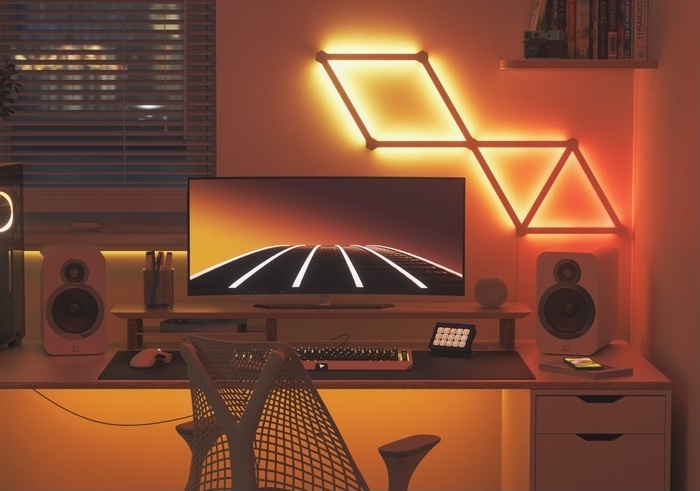
One connection also serves as a joystick, with controls on the caps for switching sceneries, lowering, illuminating, and enabling music function.
This is connected to a different power module, which contains a Thread boundary router, via a wire.
This is attached to a bulky wall converter, which is really the only non-slim portion of the Nanoleaf Lines.
The length of each light strip, including the connection ends, is approximately 11 inches / 28 cm, albeit only 10 inches / 26 cm will indeed be displayed in the final configuration.
They’re incredibly light and thin, measuring less than 0.8 inches / 2 cm in diameter and just thick enough to hold the tiny LEDs. Through the transparent base panel, these really are nearly invisible.
Each Stream contains two light regions that may exhibit various shades at the same time, with a total of 16 million colors available across all Nanoleaf products.
Nanoleaf Lines Features
Because these light sticks are dual-zone, users may create multicolored sceneries to showcase on the Nanoleaf Lines. These could be static and dynamic light configurations, and users can either choose among Nanoleaf app’s vast library or build the custom.
Whenever the music option is activated, the Forms, like the Canvas and the Shapes, have an in-built microphone that collects ambient noise. This permits the lights to change color in time to the music.
The one and only rhythmic light sequences that function with both the bars, unfortunately, are the ones created by the firm expressly again for Lines.
When humans tried to use another scene from the massive neighborhood collection, humans were told that there had been no rhythm component accessible for that picture and that it couldn’t be presented.
Regardless, basic rhythmic scenarios like Cotton Candy, Beat Drop, and Jalapeno Heat might give a space a disco vibe when users are partying.
Setup and App Control
Every time people introduce a second Nanoleaf package, one question if it would be difficult to set up… It shouldn’t be the case. The Layout Assistant inside the app makes it very easy to come up with a concept, and then that’s just a matter of spreading it out on a level surface – the groundwork the best because there’s plenty of room – and pasting it on the wall.
The Lines are the same way – Nanoleaf recommends having somebody with oneself because users can finish the pattern inside one piece.
Designers do not really believe this is strictly required but certainly can see how it is: if the anchoring connections are indeed slightly onto the wall, the entire configuration becomes practically impossible to go get correct because the lighting bars themselves are limited to 60-degree angles.
- 8 smart home appliances for smarter living
- How to set up and use a smart home system
- Smart Home Gadgets
Users can, nevertheless, put the design up in pieces; for example, humans could have put up every diamond separately in the pattern, but with three people upon that task, humans put up two at a time, followed by the third.
Nanoleaf Lines Performance
Each lighting bar has a peak brilliance of only 20 lumens, so a configuration of nine Lines would only produce 180 lumens, which is also not powerful enough to be the primary source of light in the room. Nevertheless, with light temperatures up from 1200 to 6500 Kelvin, light source scenarios suitable for a tiny bedroom are possible.

In reality, the standard ‘Daylight’ scenario is a warming beam of light that was bright sufficient to become the only light in the testing environment for the arrangement of 12 Lines and appeared just like brilliant sunlight coming through in Roman shades.
Even at 50% brightness, the Studying scenario remained strong enough just to light up the entire room.
The Nanoleaf Lines, like the industry’s other customizable smart lights, originally created for the atmosphere rather than as a beam of illumination.
| Pros | Cons |
| Lighting with two zones | A little costly |
| Colors and effects are stunning. | Not responsive to touch |
| It can be used as a thread router. | The colors and effects are stunning. |
Specifications
| Voltage | 100VAC-240VAC |
| Color temperature | 1200k-6500K |
| Lifetime | 25,000hour |
| Max lines per power supply | 18 |
| Compatibility | Homekit, Alexa, Google assistant |
| connectivity | 2.4GHz, Thread |


